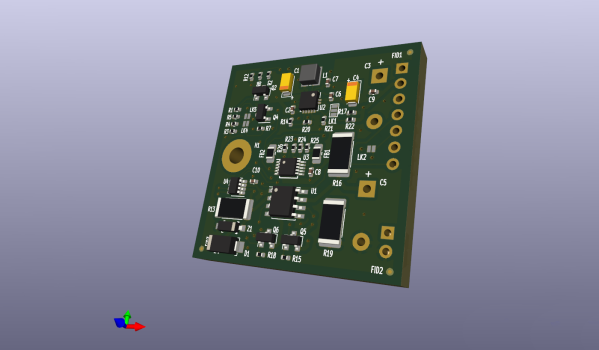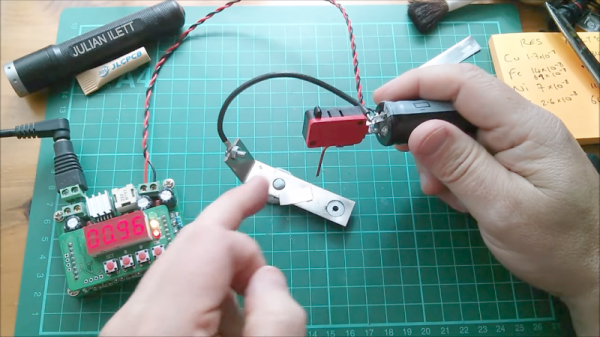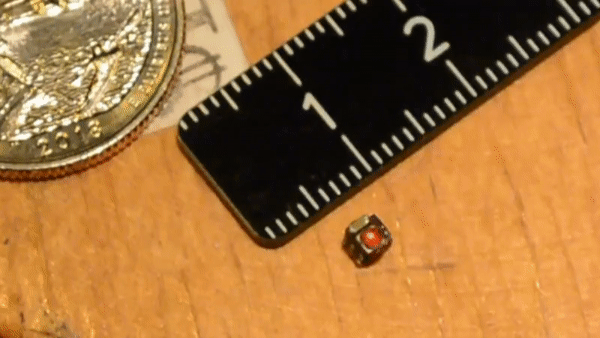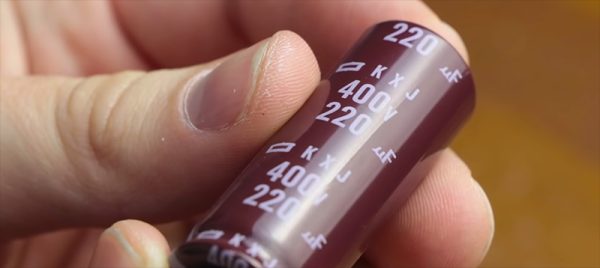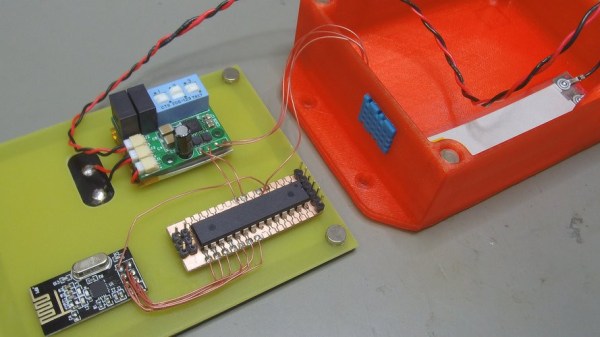Solar garden lights and many other similar trinkets typically rely on cheap rechargeable batteries as a power source when the sun isn’t shining. [Darryl] figured that a supercapacitor could do the job instead, and set about building a solar supercap power supply that could run various projects.
The power supply is built to use a small 60 x 40mm solar panel that provides approximately 500 mW at max output. This charges two supercapacitors which feed their output into a TPS61200 boost converter, specifically designed for working with ultra-low input voltages down to 0.3 V. The boost convert can then be configured to output 3.3 V or 5 V depending on the desired voltage for the device to be powered. A special MOSFET array part is used to charge the dual supercaps in series, ensuring they stay balanced and don’t get overcharged by the sun.
The design has worked well in practice. [Darryl] reports that it has successfully powered a LoRa device reporting every 10 minutes for over two years without issue.
Solar power is a magical thing, capable of providing energy for free if you can get out there and capture it. If you’re working on your own solar-powered projects, don’t hesitate to drop us a line!

